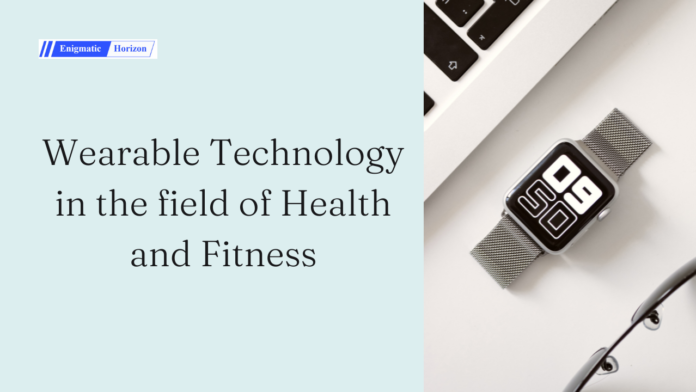“Wearable technology,” or just “wearables,” is a new way to keep track of your health and fitness on your own. Wearables in healthcare refer to electronic devices that consumers can wear and that are designed to collect data on the users’ health and exercise regimens. Wearables have grown in popularity over the last few years.
Smartwatches were once used to only count steps and tell time, but now they have transformed into feasible healthcare tools as well. During the period of lockdown due to the COVID-19 situation, it became tough for the patients to go out and see their therapists. Even before the lockdown, wearable technology was a necessity. However, most people are now tuned in to checking pulse rates, heart rates, and steps walked and are constantly striving to grow fitter. Examples of wearable devices in healthcare are – wearable fitness trackers, smart health watches, wearable ECG monitors, wearable blood pressure monitors, biosensors, etc.
Pros and Cons:
In the last decade, wearable technology, including activity trackers, smart watches, and smart clothing, became very popular. With wearables growing impact on society, it’s important to consider the pros and cons of wearing them.
Pros: With wearables, people can collect their health data and report it to their therapists in a digital format, thereby eliminating the need for appointments. Wearable fitness tech gadgets help to automate tasks like repetition counting, progress monitoring, macro tracking, heart rate, blood pressure, and other variables that affect active body energy, in addition to driving user motivation and nurturing them to live a healthier lifestyle.
Cons: Wearable equipment generally has a short battery life. Some devices can last for several days. But some of the more advanced wearables only last for a day or so. For some, it can be annoying to remember to regularly remove the wearable to charge it. Because of this problem, developers are searching for the possibility of wireless charging options that would not require the device to get removed.
Some wearables have been reported to be unable to measure data accurately sometimes. This can be especially dangerous when measuring crucial data like heart rates. For people with heart conditions, this false reading could lead to overexertion and further health issues.
While the features of these healthcare wearables may help save lives, it is very important to note that wearables are not medical devices, and they should not be used to diagnose or treat any health concerns. Many wearables also show an incorrect measure of heart rates, especially during exercise.
Wearables, generally tend to have little to no security measures to keep their data safe. The fact that much of the data is not encrypted and that most of these devices use Wi-Fi or Bluetooth connections to transmit data means that cybercriminals can access that data pretty easily. It is important to analyze how this information is collected and used by companies and governments. This means our tracked information could be used for marketing or for health purposes by somebody. There are many positive ways this information could be used, but there’s also a chance it may be misused.
Effects on our lives:
In just a few years, wearable technology has gone from being non-existent to being everywhere. Because of this rise in popularity, wearables have the potential to change our lives and society, for better or for worse. Many wearables can keep track of our physical activity and store the information so we can look at it later. By receiving real-time notifications on our activity, wearables can also serve as a source of motivation. However, there’s no guarantee that people will continue using wearables forever. At first, they are pretty new and exciting, but the Gartner Corporation’s study shows that around 30% of people stopped using them because they did not find them useful or simply got tired of them.
Wearable applications need to be simple yet effective. They need to present precise information to the user and give a user experience that does not negatively impact the flow of everyday life. Health and fitness organizations need to get more involved in certain wearable technologies, not only because they can give customers convenient access to statistics and updates, but also because these types of devices can also produce raw data that is useful to any organization in their analyses and research. There is a great opportunity here for health and fitness organizations to fully engage their customer base in something new and exciting. Wearable technology is hitting the market with incredible speed, and its success can never be ignored. Big corporations already have their varieties of wearable devices, and the integration with mobile applications has been a huge success with their user base. It is always a risk to try something new, but this risk is worth taking.
